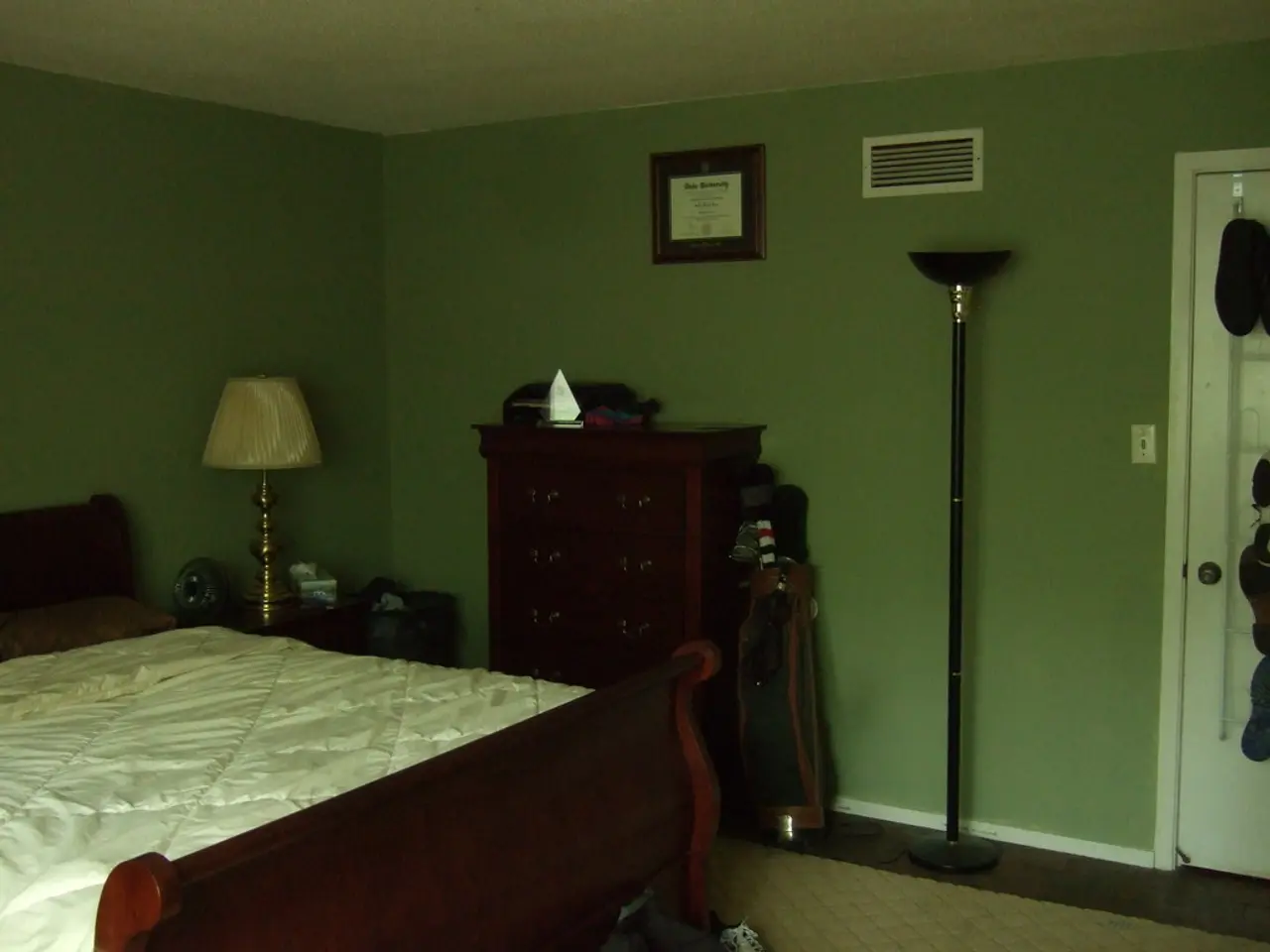Transforming a Barn: Expert Insights for Successful Rustic Conversions
For those seeking a unique and bespoke home, barn conversions offer an attractive option. These historic buildings, with their characterful features and vast open spaces, can be transformed into charming dwellings that blend tradition with modernity. Here's a guide to help you find and convert barns across the UK.
**Property Portals**
Websites like OnTheMarket list barn conversions currently for sale, including those already converted and those suitable for conversion. These listings often include details on the barn’s size, features, location, price, and tenure (usually freehold). For example, in North Yorkshire, you can find barns with 3 to 5 bedrooms priced between approximately £450,000 and £695,000, located in scenic rural areas like Pontefract, Richmond, and Harrogate.
**Regional Exploration**
The Yorkshire Dales and North Yorkshire are popular areas with many barn conversions available, ranging from smaller 2-3 bedroom stone-built barns to larger 5-bedroom properties ideal for families or multi-generational living. Other attractive regions include West Sussex, Derbyshire, Devon, and Somerset, where barns are sometimes featured as holiday rentals or homes on picturesque estates, highlighting their conversion potential and charm.
**Specialist Builders and Heritage Firms**
Companies that specialize in barn conversions and heritage works, such as Primary Construction, can assist in identifying barns with potential and guide you through the process of converting historical barns while preserving original features like exposed beams and stone walls. They also help incorporate modern amenities and comply with local heritage conservation regulations.
**Country and Estate Agent Listings**
Publications and websites like Country Life feature listings of traditional country houses and converted barns, giving an overview of available properties that may be suitable for conversion or already converted into homes with countryside appeal.
**Practical Tips**
- Start with online property portals, filtering for "barn conversions" or "barns suitable for conversion." - Contact local estate agents in your target region for off-market or upcoming barns. - Consult specialists in barn conversions to assess structural suitability and planning permission requirements. - Consider heritage and conservation area restrictions early to avoid regulatory issues.
**Conversion Considerations**
When converting a barn, it's important to maintain its unique character while meeting modern standards. This includes repairing walls and roofs correctly, insulating timber frame barns, and carefully planning new openings to follow existing patterns. Mixing new and original roof coverings is possible, with the original material used on main elevations and new material on less prominent ones.
Creating privacy in barn conversions can be achieved using strategically placed screens, built-in furniture, and partitions. Keeping the roof structure open and visible, avoiding creating a suburban garden, and hiding or placing flues and soil vent pipes on minor elevations can help increase the chances of obtaining planning approval.
**Funding and Process**
Funding conversion projects can be complex, and mortgage specialists such as the Ecology Building Society may be a good option for those looking to finance such projects. The process of converting a barn usually involves a series of steps similar to building a house or extension, although there is typically less groundwork involved.
**Importance of Preservation**
Ignoring the building's character during conversion can result in a home lacking charm. Salvaging the original roof covering materials is important when repairing the roof of a barn. Carefully researching how to repair it while retaining its vernacular style is crucial.
In conclusion, finding and converting barns in the UK requires a multi-pronged approach that combines online property searches, specialist advice, and local estate agent insight. By following this guide, you'll be well on your way to finding the perfect barn conversion.
- Barn conversions, with their unique character and vast spaces, can be transformed into charming homes, blending tradition with modernity.
- Online property portals like OnTheMarket list barn conversions, including details on size, location, price, and tenure.
- The Yorkshire Dales and North Yorkshire, for instance, offer barns ranging from 2-3 bedroom stone-built ones to larger 5-bedroom properties.
- Other regions such as West Sussex, Derbyshire, Devon, and Somerset also have barn conversions, some featured in holiday rentals or on estates.
- Specialist builders and heritage firms, like Primary Construction, can help identify potential barns and guide conversions while preserving original features.
- Country Life features listings of traditional homes and converted barns, providing insights into available properties.
- Start looking for barn conversions by filtering property portals for barn conversions or those suitable for conversion.
- Contact local estate agents in your target region for off-market or upcoming barns.
- Consult specialists in barn conversions to assess structural suitability and planning permission requirements.
- Preservation of original features like exposed beams and stone walls is vital when transforming historical barns.
- Incorporating modern amenities and complying with local heritage conservation regulations is essential during the conversion process.
- Proper roof and wall repairs, timber frame insulation, and careful planning of new openings are essential for successful conversions.
- Mixing new and original roof coverings can be a design idea, with the original material used on main elevations and new material on less prominent ones.
- Creating privacy in barn conversions can be achieved using screens, built-in furniture, and partitions.
- Hiding or placing flues and soil vent pipes on minor elevations can increase the chances of obtaining planning approval.
- Funding conversion projects might be complex, but mortgage specialists such as the Ecology Building Society may be a good option.
- Ignoring the building's character during conversion can lead to a home lacking charm, so carefully salvaging original roof covering materials is important.





